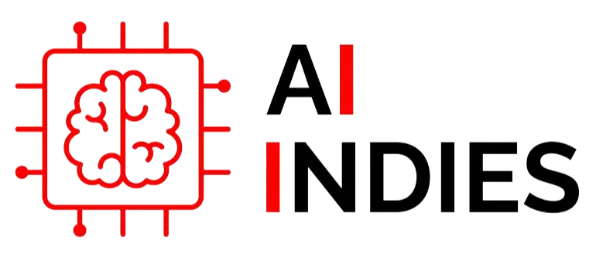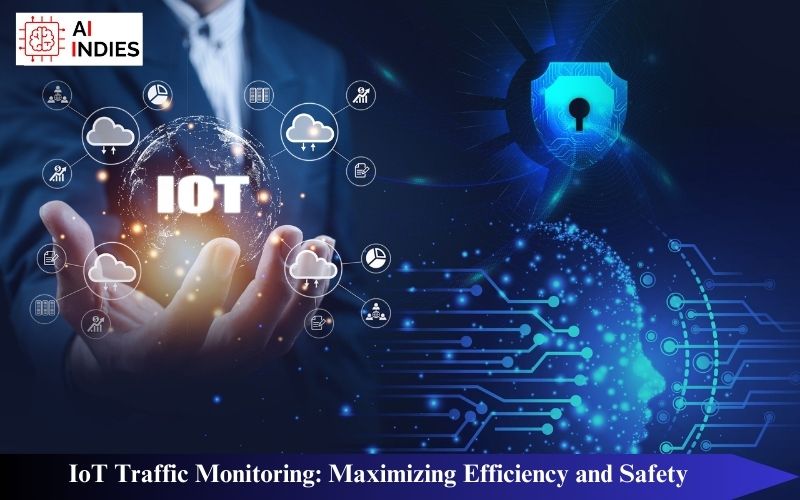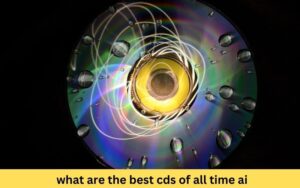In the fast-paced world of modern transportation, efficient traffic management is crucial for ensuring smooth flow and safety on the roads. The integration of Internet of Things (IoT) technology has revolutionized the way we monitor and control traffic, offering real-time insights and solutions. In this comprehensive guide, we’ll delve into the significance of IoT in traffic monitoring, exploring its benefits and the transformative impact it has on our daily commute.
Real-time Data for Informed Decision-Making
IoT-enabled traffic monitoring systems provide real-time data on road conditions, allowing traffic management authorities to make informed decisions promptly. Sensors embedded in the infrastructure collect data on vehicle flow, speed, and density, enabling quick responses to changing traffic patterns.
Enhancing Road Safety
One of the primary advantages of IoT traffic monitoring is its contribution to road safety. Smart sensors can detect accidents or congestion in real-time, triggering immediate alerts to emergency services. This prompt response minimizes rescue time and improves overall safety for drivers and passengers.
Adaptive Traffic Control Systems
IoT facilitates the development of adaptive traffic control systems that dynamically adjust signal timings based on real-time traffic conditions. This not only reduces congestion but also optimizes the overall traffic flow, minimizing travel time and fuel consumption.
Predictive Analytics for Traffic Forecasting
IoT traffic monitoring systems leverage predictive analytics to forecast future traffic patterns. By analyzing historical data, these systems can anticipate peak hours, events, or road closures, enabling authorities to implement proactive measures to manage traffic effectively.
Smart Parking Solutions
Finding parking spaces in busy urban areas can be a time-consuming challenge. IoT-enabled smart parking solutions use sensors to detect available parking spaces, guiding drivers to the nearest open spot through mobile apps. This not only reduces congestion but also enhances the overall parking experience.
Environmental Impact Reduction
Efficient traffic monitoring through IoT leads to reduced congestion, subsequently lowering fuel consumption and emissions. By optimizing traffic flow, IoT contributes to a greener environment, aligning with global efforts to combat climate change.
Integration with Connected Vehicles
As the automotive industry evolves, the integration of IoT in traffic monitoring aligns with the rise of connected vehicles. Smart cars equipped with IoT technology can communicate with traffic management systems, providing real-time data on their location, speed, and route. This synergy enhances overall traffic management and safety.
Emergency Response Coordination
In the event of emergencies such as accidents or natural disasters, IoT traffic monitoring enables seamless coordination between emergency services and traffic management authorities. Real-time data facilitates the rerouting of traffic and ensures swift response times for emergency vehicles.
Cost-Effective Maintenance
IoT sensors can monitor the condition of road infrastructure, detecting signs of wear and tear. This proactive approach to maintenance not only extends the lifespan of roads but also reduces the overall cost of repairs by addressing issues before they escalate.
Privacy and Security Considerations
While the benefits of IoT traffic monitoring are substantial, addressing privacy and security concerns is paramount. Implementing robust encryption and authentication measures ensures that the data collected is secure and that individuConclusion: Driving Towards a Connected Future
Traffic Education and Awareness Campaigns
IoT traffic monitoring provides valuable data that can be used to develop targeted education and awareness campaigns. By understanding traffic patterns and common causes of accidents, authorities can create initiatives to educate the public, promoting responsible driving habits and improving overall road safety.
Remote Monitoring and Management
IoT-equipped traffic monitoring systems allow for remote monitoring and management of traffic infrastructure. This means that authorities can assess and control traffic conditions from a centralized location, streamlining operations and responding swiftly to emerging situations without the need for physical presence on-site.
Conclusion
the integration of IoT in traffic monitoring is a game-changer for transportation systems worldwide. The real-time data, predictive analytics, and adaptive control systems empower authorities to make informed decisions, enhance safety, and optimize traffic flow. As we continue to embrace the era of smart cities and connected vehicles, IoT traffic monitoring stands at the forefront, reshaping the way we navigate our roads and highways. Embrace the future of transportation—safer, more efficient, and interconnected.
If you want to read more blogs then follow AI Indies.




